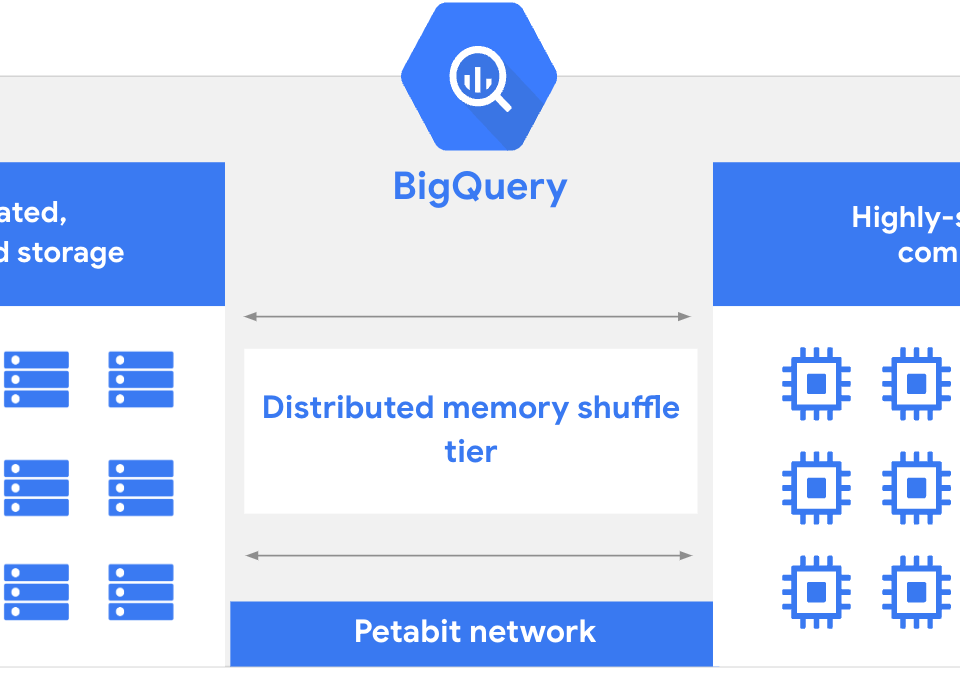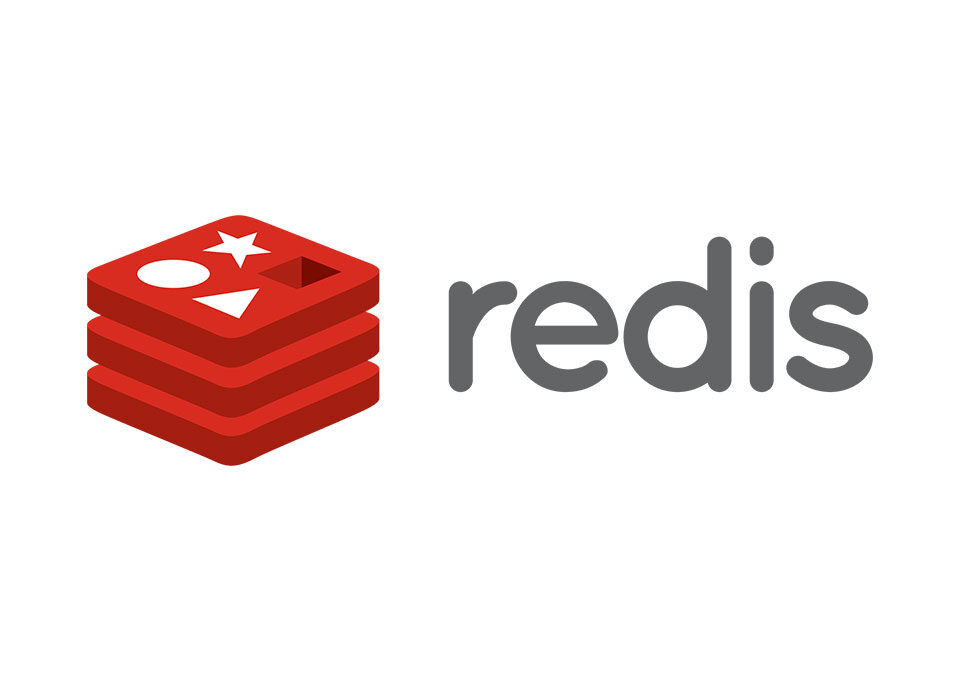
6 key principles of designing visually appealing websites
22nd November 2021
Virtual Reality gaming (VR gaming)
25th November 2021What is RethinkDB?
RethinkDB is a distributed, open-source database for building realtime web applications. It has an expressive query language that supports method chaining and distributed joins. The database is easy to scale, with a robust clustering and automatic failover. RethinkDB’s signature feature is it’s native support for live queries that push realtime updates to your application.
The company behind RethinkDB shut down last year after struggling to build a sustainable business around the product. Many former RethinkDB employees currently work for Stripe, where they help build infrastructure for developers around the world. After the company behind RethinkDB closed its doors, the database continued to live on as an open-source software project. Today’s announcement eliminates any remaining uncertainty about the project’s health and status, ensuring a bright future for the project in community hands.
Why do we need RethinkDB?
RethinkDB is an extraordinary decision when your applications could profit by real-time feeds to your information. The query reaction information base access model functions admirably on the web since it maps straightforwardly to HTTP’s solicitation reaction. Be that as it may, present-day applications require sending information straightforwardly to the customer in real-time. Use cases where organizations profited by RethinkDB’s real-time push engineering include:
- Synergistic web and portable applications
- Streaming investigation applications
- Multiplayer games
- Real-time commercial centers
- Associated gadgets
For instance, when a client changes the situation of a catch in a shared plan application, the worker needs to inform different clients that are all the while dealing with a similar undertaking. Internet browsers support these utilization cases through Web Sockets and enduring HTTP associations, yet adjusting data set frameworks to real-time needs actually presents a colossal designing test.
RethinkDB is the principal open-source, adaptable information base planned explicitly to push information to applications in real-time. It drastically lessens the time and exertion important to fabricate versatile real-time applications.
Working of RethinkDB
1. Support Language to RethinkDB
Officially RethinkDB supports different kinds of programming languages such as Ruby, Python, Java, and javascript/ Node.js.
2. How scalable are change feeds
The change feeds engineering is intended to empower every customer to open different real-time accounts. Since current web and versatile applications regularly have a huge number of simultaneous customers, RethinkDB’s feeds are intended to be amazingly adaptable. You ought to have the option to open a large number of simultaneous dynamic feeds on a solitary RethinkDB hub and scale to tens or countless feeds across a RethinkDB group.
3. What are the system requirements?
RethinkDB worker is written in C++ and runs on 32-digit and 64-cycle Linux operating systems, just as OS X 10.7 or more. Customer drivers can run on any stage where their languages support.
We suggest RethinkDB servers have in any event 2GB of RAM, yet there could be no other severe equipment required. RethinkDB has a custom storing engine and can run on low-memory hubs with a lot of information, Amazon EC2 occasions, and so forth it likewise has particular help for very good quality equipment and works effectively on high-memory hubs with numerous centers, strong state stockpiling, and high-throughput network equipment.
4. Does RethinkDB support SQL?
No, RethinkDB’s query language can do almost anything SQL can do, including table joins and aggregation functions, and it’s incredible, expressive, and simple to learn. ReQL can likewise do numerous things SQL can’t do, incorporating blending questions with JavaScript articulations and guide decrease.
5. RethinkDB transactions atomic
Most of the operations of RethinkDB are atomic. If operations are not deterministic then we are not able to update documents in an atomic way such as value obtained randomly or we can say that result of the subquery.
6. RethinkDB cluster
Clients never need to stress over sending questions to explicit hubs. Interface your customers to any hub in a group, and inquiries will be steered to the legitimate objective. Progressed inquiries, for example, joins and channels will be executed equal, with results recombined and spilled back to the customer straightforwardly. Everything happens naturally in the background.
7. How RethinkDB handle write durability
RethinkDB accompanies severe work toughness out of the container and is indistinguishable from customary data set frameworks in this regard. Naturally, no compose is at any point recognized until it’s securely dedicated to a circle.
Advantages and disadvantages
Advantages
- It is an open-source database for web applications.
- It uses a JSON dynamic document that is NoSQL.
- It uses a distributed database so it is easy to scale.
- It provides a high availability database with automatic functions.
Disadvantages
- RethinkDB is not a better choice if you need ACID support or a strong schema; in this case, we have a better choice of using relational databases such as MySQL and PostgreSQL.
- If we need to use Hadoop or Vertica that means column-oriented stores at that time it is not a good
- In RethinkDB each table required a minimum of 10 MB disk space.
- There is no hard limit for a single
- Primary keys are limited in RethinkDB.





